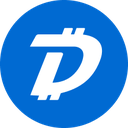-
 Bitcoin
Bitcoin $83,055.9927
-0.47% -
 Ethereum
Ethereum $1,811.3411
-0.84% -
 Tether USDt
Tether USDt $0.9996
-0.02% -
 XRP
XRP $2.0568
-0.29% -
 BNB
BNB $592.3786
-1.07% -
 USDC
USDC $1.0000
0.02% -
 Solana
Solana $115.8401
-3.10% -
 Dogecoin
Dogecoin $0.1622
-2.36% -
 Cardano
Cardano $0.6499
-0.49% -
 TRON
TRON $0.2387
1.14% -
 Toncoin
Toncoin $3.5313
-7.91% -
 UNUS SED LEO
UNUS SED LEO $9.4387
0.79% -
 Chainlink
Chainlink $12.8160
-2.83% -
 Stellar
Stellar $0.2597
-0.92% -
 Avalanche
Avalanche $18.1550
-1.86% -
 Sui
Sui $2.2297
-6.00% -
 Shiba Inu
Shiba Inu $0.0...01216
-1.10% -
 Hedera
Hedera $0.1628
-0.73% -
 Litecoin
Litecoin $83.3180
0.23% -
 Polkadot
Polkadot $4.0186
-0.86% -
 MANTRA
MANTRA $6.3865
0.69% -
 Bitcoin Cash
Bitcoin Cash $302.0680
0.90% -
 Bitget Token
Bitget Token $4.5033
-1.06% -
 Dai
Dai $1.0000
0.01% -
 Ethena USDe
Ethena USDe $0.9995
-0.05% -
 Hyperliquid
Hyperliquid $11.9355
-4.35% -
 Monero
Monero $213.8810
-0.87% -
 Pi
Pi $0.5489
-17.54% -
 Uniswap
Uniswap $5.8524
-1.97% -
 Aptos
Aptos $5.0205
-3.57%
How to identify the tower top and tower bottom in the candlestick chart?
"Tower top" and "Tower bottom" are reversal patterns in the K-line chart, used to predict price trend changes, and identify the price trend and K-line characteristics that need to be observed.
Apr 03, 2025 at 04:03 pm
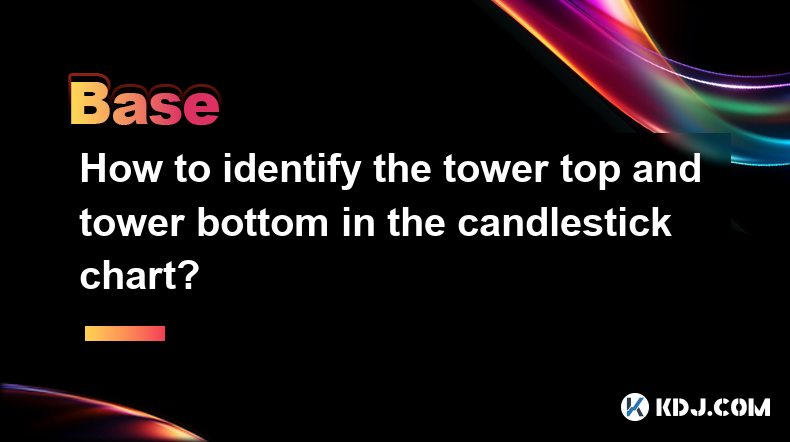
In K-line chart analysis, 'Tower Top' and 'Tower Bottom' are two important reversal patterns and are usually used to predict changes in price trends. Identifying these patterns requires careful observation of the price trend and the pattern characteristics of the K-line. Below we will introduce in detail how to identify the 'tower top' and 'tower bottom'.
What is a 'Tower-shaped top'
Tower top is a bearish reversal pattern that usually occurs at the end of an uptrend. It consists of two consecutive highs, the first one is lower and the second one is higher, but the price falls rapidly after the second one, forming a tower-like structure.
Steps to identify the 'Tower Top'
Determine the upward trend : First, it is necessary to confirm that the current price is in an upward trend. This can be judged by observing the continuous upward K-line or upward channel.
Find the first high : In the uptrend, find the first obvious high. This high is usually the first significant peak that the price forms during the upward process.
Find the second high : Continue to observe the price trend and look for the second high. This high should be higher than the first high, but then the price fell rapidly.
Confirm the downward trend : After the second high point, the price should fall rapidly to form a clear downward trend. At this time, the 'Tower-shaped top' shape is basically completed.
What is 'Tower-shaped bottom'
The tower bottom is a bullish reversal pattern that usually occurs at the end of a downward trend. It consists of two consecutive lows, the first low is higher and the second low is lower, but the price rises rapidly after the second low, forming a tower-like structure.
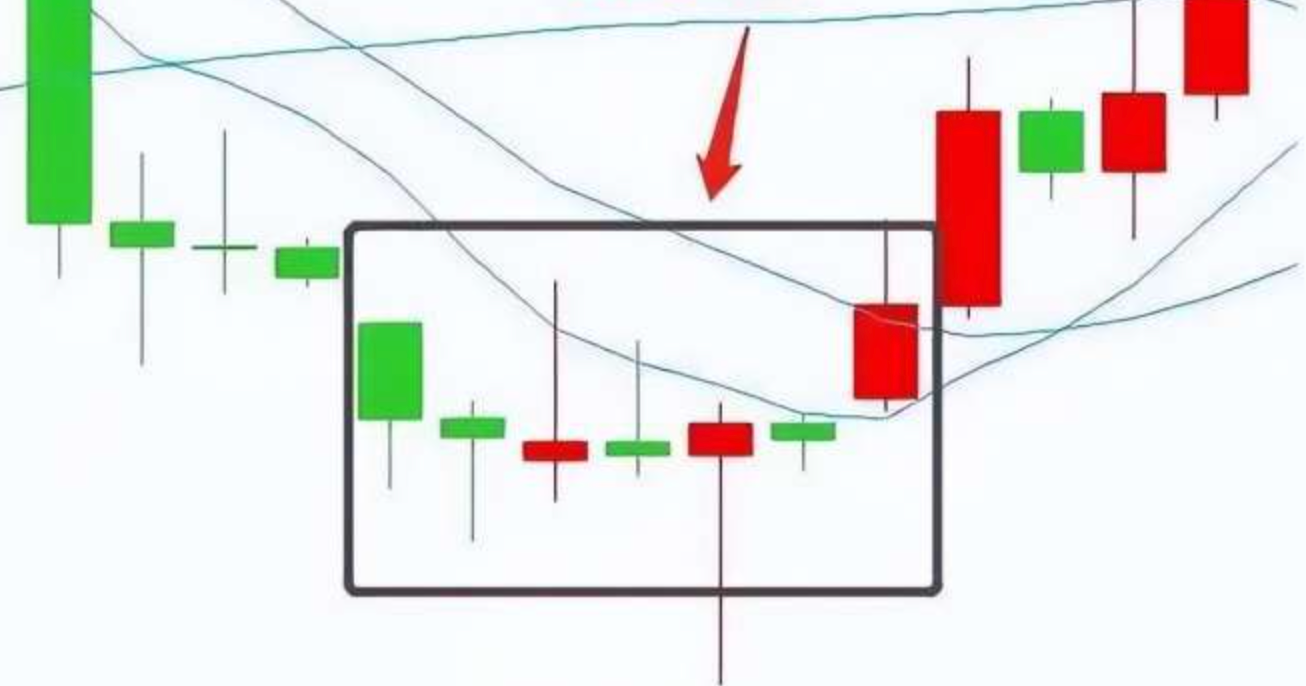
Steps to identify the 'Tower Bottom'
Determine the downward trend : First, it is necessary to confirm that the current price is in a downward trend. This can be judged by observing continuous downward K-lines or downward channels.
Find the first low : In a downtrend, find the first obvious low. This low is usually the first significant valley formed by the price during the decline.
Find the second low : Continue to observe the price trend and look for the second low. This low should be below the first low, but then the price rose rapidly.
Confirm the upward trend : After the second low point, the price should rise rapidly to form a clear upward trend. At this time, the 'tower bottom' shape is basically completed.
Practical application of 'Tower-shaped top' and 'Tower-shaped bottom'
In actual trading, identifying the 'tower top' and 'tower bottom' can help traders predict the price reversal point and make corresponding trading decisions. For example, when a 'tower top' is identified, the trader may consider selling or shorting; when a 'tower bottom' is identified, the trader may consider buying or longing.
Use the K-line diagram tool to assist in identification
Many trading platforms and K-line chart analysis software provide a variety of tools to help identify 'tower top' and 'tower bottom'. These tools can automatically mark highs and lows and draw trend lines to help traders observe price trends more intuitively.
Use the Trend Line Tool : Drawing a trend line on a K-line chart can help confirm an upward or downward trend and make it easier to identify highs and lows.
Use high and low marking tools : Many software allows users to manually or automatically mark highs and lows of prices, which can help identify 'tower top' and 'tower bottom' faster.
Use the Inversion Form Identification Tool : Some advanced K-line chart analysis software can automatically identify common inversion forms, including 'Tower Top' and 'Tower Bottom', and issue corresponding alarms.
Combined with other technical indicators
Although the 'tower top' and 'tower bottom' themselves are powerful reversal signals, combining other technical indicators can further improve the accuracy of prediction. For example, traders can use indicators such as moving averages, relative strength indicators (RSI), or MACD to confirm the possibility of a price reversal.
Moving Average : When the price breaks through the moving average, it may be a further confirmation signal of a price reversal.
Relative strength index (RSI) : When the RSI value exceeds 70 or below 30, it may be a signal of over-buying or over-selling. Combining the 'tower top' and 'tower bottom' can improve the accuracy of judgment.
MACD : The cross and divergence signals of MACD can help confirm the price reversal trend.
Disclaimer:info@kdj.com
The information provided is not trading advice. kdj.com does not assume any responsibility for any investments made based on the information provided in this article. Cryptocurrencies are highly volatile and it is highly recommended that you invest with caution after thorough research!
If you believe that the content used on this website infringes your copyright, please contact us immediately (info@kdj.com) and we will delete it promptly.
- Cango, a publicly traded Chinese conglomerate, has agreed to sell its legacy China operations to an entity associated with peer Bitmain
- 2025-04-04 09:35:11
- Neo Initiates an Investigation into Large-scale NEO Token Movements Preceding a Sharp Decline in Market Value
- 2025-04-04 09:35:11
- Bitcoin (BTC) Price Juggles Around $82,000 as the Global Market Dynamics Are Surrounded with Uncertainty
- 2025-04-04 09:30:12
- Move Over DOGE and PEPE, There's a New Meme Coin in the Market: InfluencerPepe
- 2025-04-04 09:30:12
- Solana (SOL) Drops by Nearly 12.75% in the Last 24 Hours to a Three-Week Low of $100
- 2025-04-04 09:25:12
- Florida Homeowners Will Have to Wait for Property Tax Relief
- 2025-04-04 09:25:12
Related knowledge

Why is the oracle called the bridge between blockchain and the real world?
Apr 04,2025 at 04:00am
The concept of an oracle in the cryptocurrency and blockchain world is crucial for understanding how these decentralized systems interact with external data. The oracle is often referred to as the bridge between blockchain and the real world because it serves as a vital intermediary that fetches, verifies, and transmits off-chain data to the on-chain en...
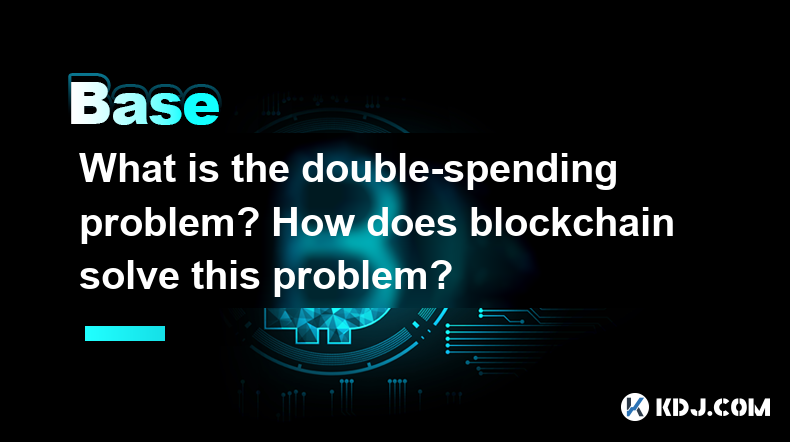
What is the double-spending problem? How does blockchain solve this problem?
Apr 04,2025 at 09:07am
The double-spending problem is a significant challenge in the realm of digital currencies. Double-spending refers to the potential for a digital currency to be spent more than once. This issue arises because digital files, unlike physical cash, can be easily duplicated. If not addressed, double-spending could undermine the integrity and trust in any dig...
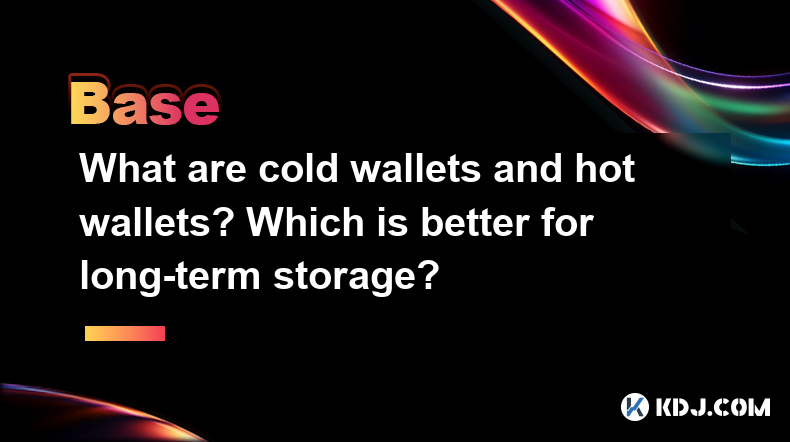
What are cold wallets and hot wallets? Which is better for long-term storage?
Apr 04,2025 at 07:57am
Cold wallets and hot wallets are two primary types of cryptocurrency storage solutions, each with its own set of advantages and security levels. Understanding the differences between them is crucial for anyone looking to store their digital assets safely, especially for long-term storage. What is a Cold Wallet?A cold wallet, also known as a hardware wal...
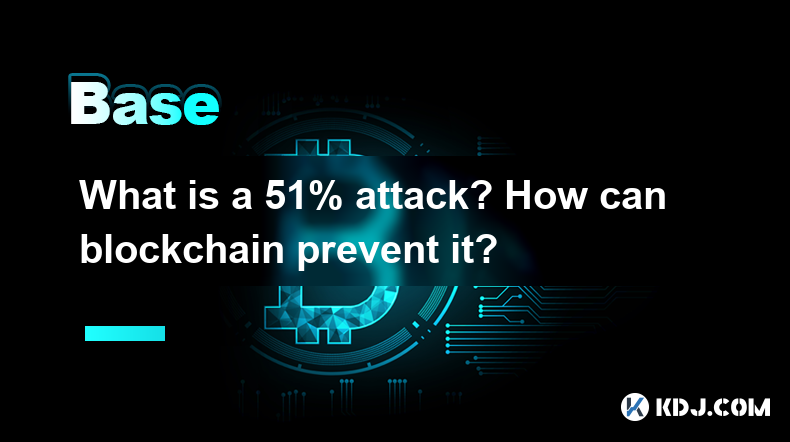
What is a 51% attack? How can blockchain prevent it?
Apr 04,2025 at 02:08am
A 51% attack is a significant threat to the security and integrity of a blockchain network. In this type of attack, a single entity or group gains control of more than half of the network's mining power or hash rate. This control allows the attacker to manipulate the blockchain by double-spending coins, preventing the confirmation of new transactions, o...
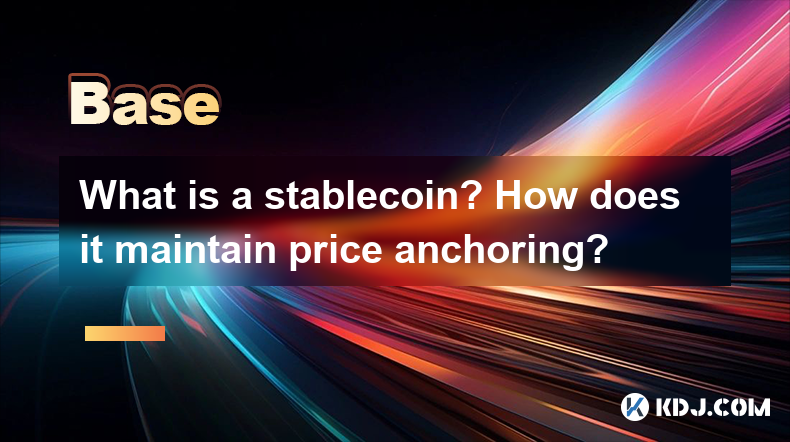
What is a stablecoin? How does it maintain price anchoring?
Apr 04,2025 at 09:49am
A stablecoin is a type of cryptocurrency designed to minimize the volatility typically associated with other cryptocurrencies like Bitcoin and Ethereum. The primary goal of a stablecoin is to maintain a stable value by pegging it to a more stable asset, such as a fiat currency (like the US dollar) or a commodity (like gold). This stability makes stablec...

Why can the inverted hammer shape appear at the bottom be used as a reversal signal?
Apr 03,2025 at 04:07pm
Inverted Hammer is a common K-line pattern in technical analysis, and is often regarded as a potential reversal signal when it appears at the bottom. This article will explore in detail why an inverted hammer line may be a reversal signal when it appears at the bottom, and provide specific identification and application methods. Basic characteristics of...

Why is the oracle called the bridge between blockchain and the real world?
Apr 04,2025 at 04:00am
The concept of an oracle in the cryptocurrency and blockchain world is crucial for understanding how these decentralized systems interact with external data. The oracle is often referred to as the bridge between blockchain and the real world because it serves as a vital intermediary that fetches, verifies, and transmits off-chain data to the on-chain en...

What is the double-spending problem? How does blockchain solve this problem?
Apr 04,2025 at 09:07am
The double-spending problem is a significant challenge in the realm of digital currencies. Double-spending refers to the potential for a digital currency to be spent more than once. This issue arises because digital files, unlike physical cash, can be easily duplicated. If not addressed, double-spending could undermine the integrity and trust in any dig...

What are cold wallets and hot wallets? Which is better for long-term storage?
Apr 04,2025 at 07:57am
Cold wallets and hot wallets are two primary types of cryptocurrency storage solutions, each with its own set of advantages and security levels. Understanding the differences between them is crucial for anyone looking to store their digital assets safely, especially for long-term storage. What is a Cold Wallet?A cold wallet, also known as a hardware wal...

What is a 51% attack? How can blockchain prevent it?
Apr 04,2025 at 02:08am
A 51% attack is a significant threat to the security and integrity of a blockchain network. In this type of attack, a single entity or group gains control of more than half of the network's mining power or hash rate. This control allows the attacker to manipulate the blockchain by double-spending coins, preventing the confirmation of new transactions, o...

What is a stablecoin? How does it maintain price anchoring?
Apr 04,2025 at 09:49am
A stablecoin is a type of cryptocurrency designed to minimize the volatility typically associated with other cryptocurrencies like Bitcoin and Ethereum. The primary goal of a stablecoin is to maintain a stable value by pegging it to a more stable asset, such as a fiat currency (like the US dollar) or a commodity (like gold). This stability makes stablec...

Why can the inverted hammer shape appear at the bottom be used as a reversal signal?
Apr 03,2025 at 04:07pm
Inverted Hammer is a common K-line pattern in technical analysis, and is often regarded as a potential reversal signal when it appears at the bottom. This article will explore in detail why an inverted hammer line may be a reversal signal when it appears at the bottom, and provide specific identification and application methods. Basic characteristics of...
See all articles


















































































